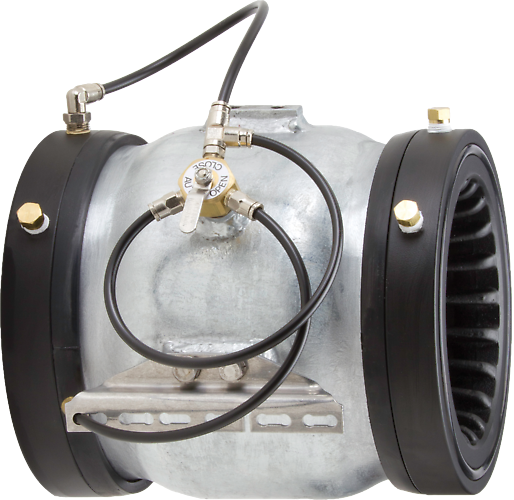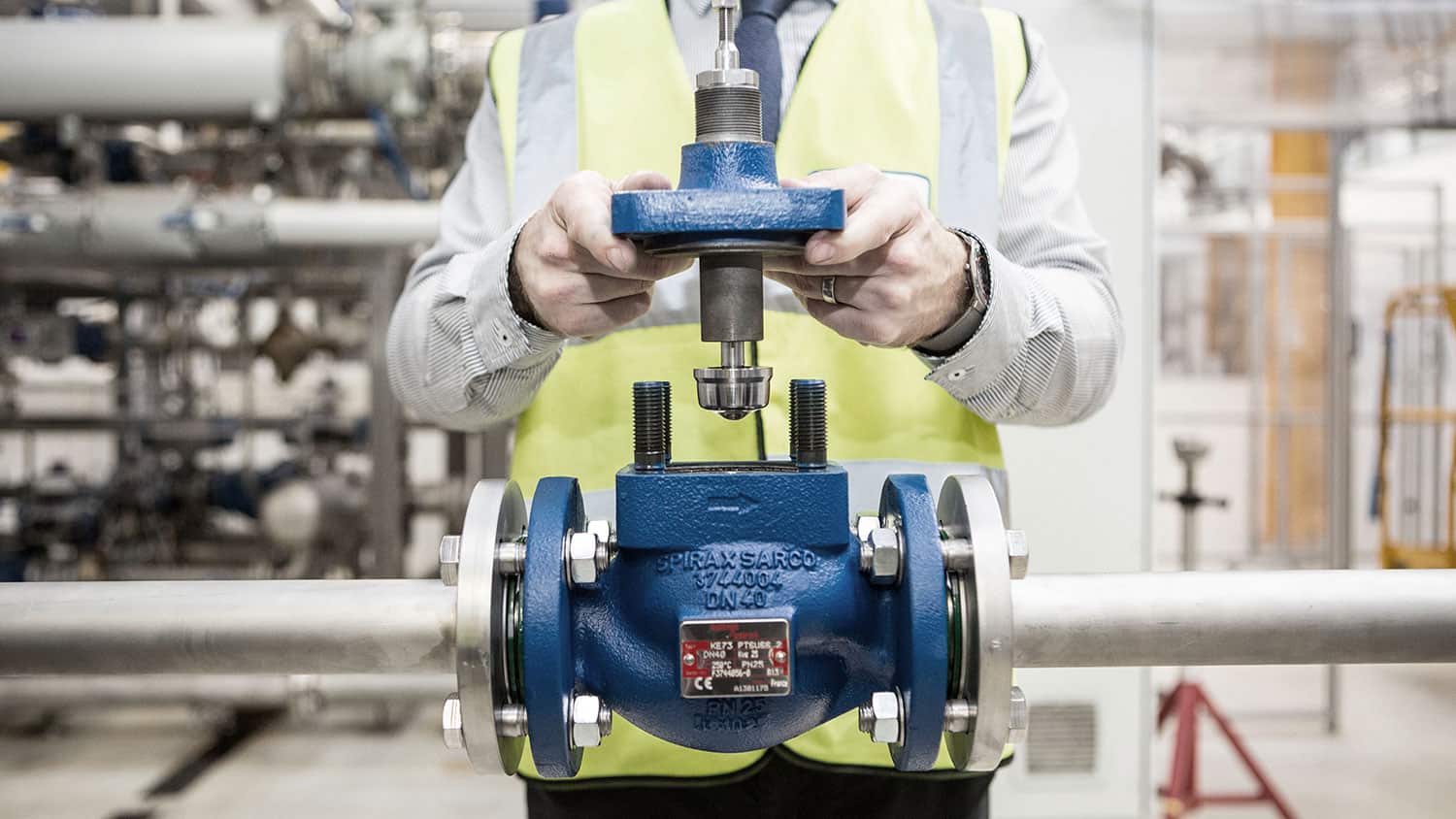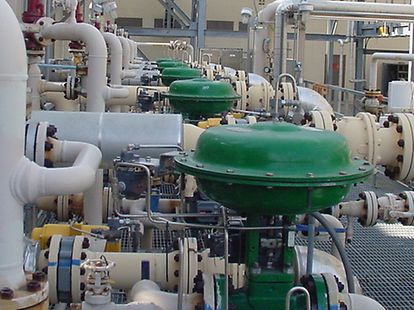Critical Factors to Consider When Selecting Control Valves

Maximize Power Financial Savings and Comfort With Advanced Building Automation Controls
In the world of modern style and center management, the integration of advanced building automation manages stands as a pivotal advancement. By using the power of automation, buildings can adjust, react, and progress in ways that were once unimaginable.
Energy Efficiency Perks
Power effectiveness advantages can significantly reduce power consumption and operational prices in buildings. By applying energy-efficient techniques and innovations, structure proprietors and drivers can accomplish considerable cost savings while also adding to environmental sustainability. Among the primary benefits of improving power effectiveness in buildings is the decrease of energy costs. Energy-efficient systems, such as sophisticated structure automation controls, can maximize using resources like home heating, illumination, and cooling, causing lower energy expenditures gradually.
In addition, improved energy performance can extend the life-span of building equipment and systems. By running extra efficiently, HVAC systems, lighting fixtures, and various other building elements experience much less wear and tear, causing decreased maintenance and replacement prices. Additionally, energy-efficient buildings typically command higher building worths and rental prices, giving long-lasting monetary advantages to proprietors.
Additionally, power performance can improve occupant comfort and performance. Effectively regulated indoor settings with optimum lights and thermal conditions produce an even more helpful and pleasurable work area, causing enhanced worker fulfillment and efficiency. In general, the energy performance benefits connected with innovative structure automation controls are multifaceted, including expense savings, environmental stewardship, and owner wellness.
Boosted Convenience Control
Enhancing convenience control in structure atmospheres needs a sophisticated combination of sophisticated automation systems for optimal passenger well-being. By using advanced building automation controls, centers can customize the indoor environment to fulfill the details demands and preferences of occupants. control valves.
By integrating these innovative controls, buildings can not just boost comfort yet also improve power effectiveness by maximizing system operations based on actual tenancy and use patterns. Eventually, focusing on passenger convenience via advanced automation systems leads to a more satisfying and healthier interior atmosphere.
Functional Effectiveness Improvements

Additionally, the execution of real-time tracking and analytics tools makes it possible for building drivers to identify power inefficiencies and functional abnormalities immediately. By continually monitoring energy usage patterns and system efficiency metrics, changes can be made in real-time to enhance energy consumption and guarantee peak functional performance. control valves. In addition, incorporating demand action techniques right into building automation controls can further important site boost functional performance by dynamically adjusting energy usage based on grid conditions and pricing signals
Indoor Climate Optimization
Reliable indoor environment optimization is an essential aspect of building automation controls, ensuring passengers' convenience and well-being while making the most of energy financial savings. By using advanced sensing units and controls, developing automation systems can constantly readjust and keep track of temperature, humidity degrees, air quality, and ventilation to create an optimum indoor environment. Preserving comfortable and regular problems not just boosts passenger contentment however also enhances performance and overall wellness.
Interior climate optimization also plays an important role in energy performance. By fine-tuning home heating, ventilation, and air conditioning systems based on real-time information and tenancy patterns, developing automation controls can significantly minimize power intake - control valves. Applying methods such as demand-controlled air flow and thermal zoning can help lessen energy waste while guaranteeing that each location of the building gets the necessary conditioning.

Lasting Setting Production
Building automation manages not only optimize indoor environment problems for power performance and occupant comfort but also lay the foundation for creating a lasting setting through critical administration of systems and sources. By integrating sophisticated structure automation modern technologies, such as sensing units, actuators, and intelligent software program, centers can check and adjust energy usage in real-time to reduce waste and lower their carbon impact. These systems allow anticipating upkeep, determining possible concerns prior to they rise and maximizing devices efficiency to improve longevity and effectiveness.
Additionally, lasting environment production expands beyond power administration to encompass water preservation, waste reduction, and indoor air high quality enhancement. Structure automation controls my latest blog post can regulate water usage, detect leaks, and ensure proper garbage disposal techniques, adding to total sustainability initiatives. Furthermore, by keeping an eye on and managing ventilation and filtering systems, these innovations improve occupant health and wellness and efficiency while decreasing energy intake linked with heating and cooling procedures.
Final Thought
In conclusion, advanced structure automation controls deal substantial advantages in regards to energy financial savings, convenience control, operational efficiency, interior climate optimization, and producing a lasting environment. By applying these controls, structures can achieve optimal performance while lowering power usage and boosting occupant comfort. It is noticeable that using advanced automation modern technology is vital in boosting structure efficiency and producing an extra lasting future.
Energy effectiveness benefits can dramatically reduce energy usage and operational prices in structures. On the whole, the power effectiveness advantages linked with sophisticated structure automation controls are diverse, including expense financial savings, ecological stewardship, and occupant wellness.
Furthermore, incorporating demand action techniques right into building automation controls can additionally improve functional effectiveness by dynamically readjusting power usage based on grid problems and pricing signals.
Structure automation controls not only optimize interior climate conditions for energy effectiveness and occupant comfort yet likewise lay the structure for producing a lasting atmosphere with strategic monitoring of systems and resources.In final thought, advanced structure automation manages deal considerable benefits in terms of energy cost savings, convenience control, functional performance, indoor environment optimization, and creating a sustainable setting.